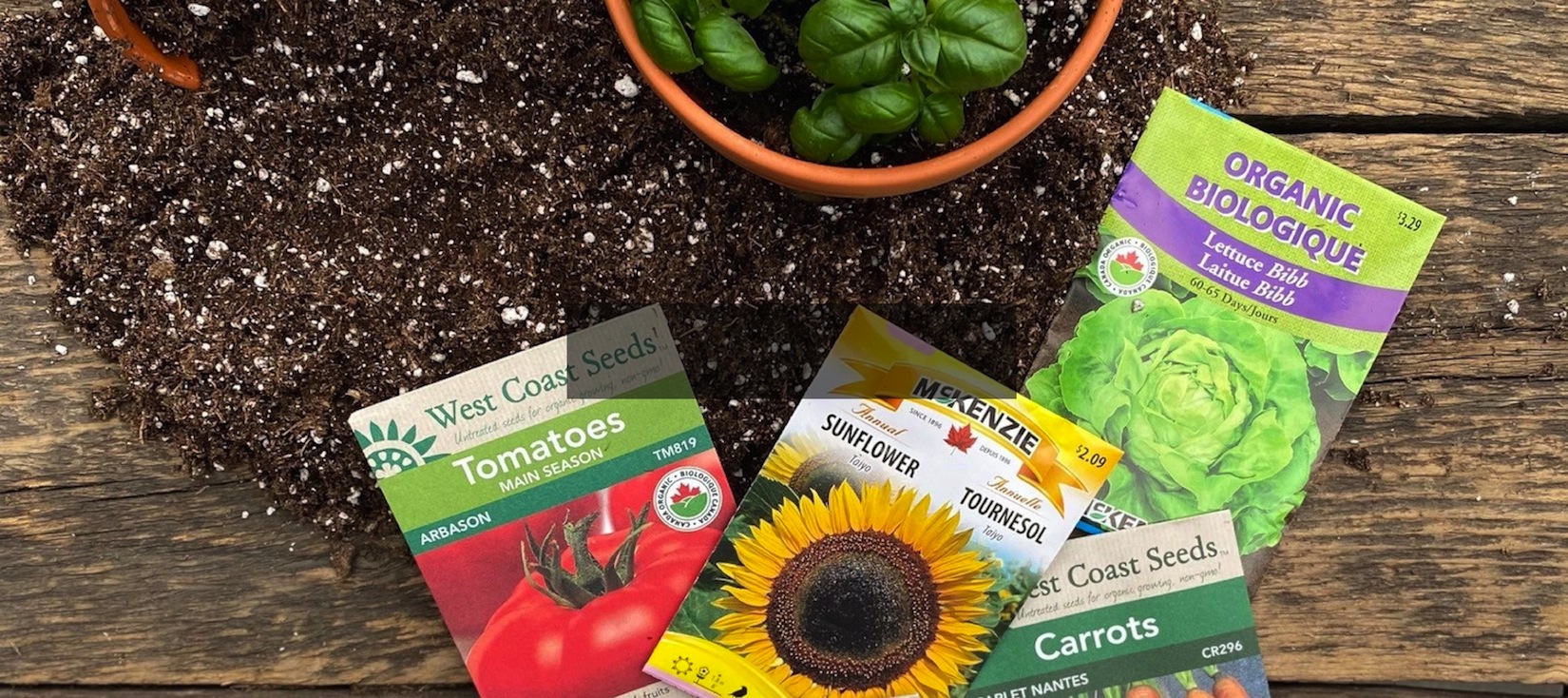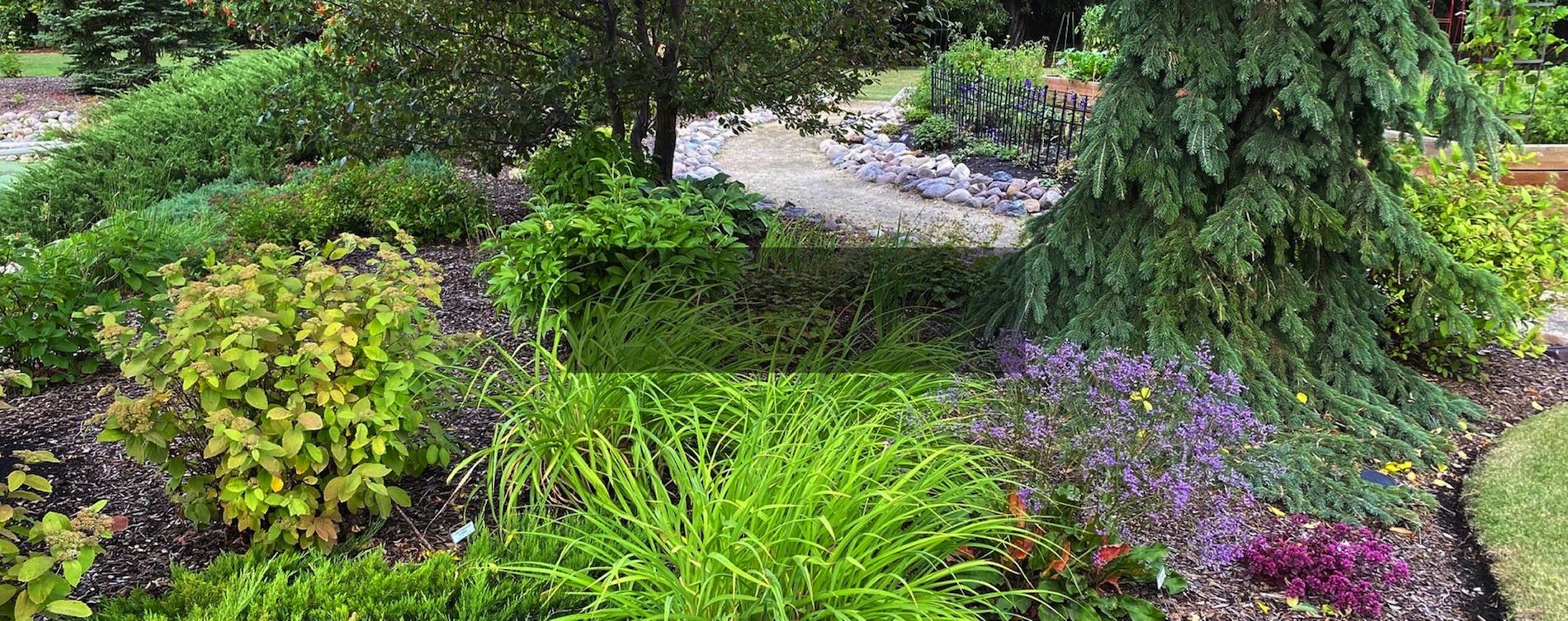Gardening on the Rocks
Bob Stadnyk, March 27, 2024

How would you like to be exposed to windchills in excess of -50C, foraged upon by wild animals, stepped on by curious onlookers, and still provide a base for procreation of your own kind on this planet for centuries to come? This is just a normal day in the life of an alpine – a plant that grows in the most unforgiving rugged environments in the world. Few plants survive in this harsh environment, and the few that do embrace these ungodly conditions having evolved special qualities for survival.

Some alpines create their own thermal blanket of hairs and hair-like structures on their stems, leaves, and flowers. These serve as a layer of added insulation to the plant during the winter months, trapping the heat in its tissues beneath the snow, creating a type of anti-freeze if you will so that once the snow melts, the plant is ready to grow. Most alpines have evolved as “ground huggers” so that they are less exposed to the cold wind, and can take weeks of no snow cover with constant subzero wind chills.

My interest in alpines first began during a hike in our beautiful Canadian Rockies in late June or early July. I was absolutely fascinated by how these poor little things emerge each spring, growing on the most exposed, windiest of sites, clinging for their dear lives to the edges of cliffs and rock outcroppings; yet bursting each spring into intense, vivid colours with the intent of attracting the first pollinators of the season. These plants have such a short window of opportunity to bloom and set seed before winter returns due to the short growing season in high altitude and tundra type climates, but set seed they must to ensure the continued survival of their species.

My first recollection is of the alpine moss cushion or moss campion (Silene acaulis), with its unique, intensely neon pink, flat-to-the-ground cushions of colour that appear the minute the snow disappears, blooming all season. Some of these cushions can be 100 years old and are rock-hard to the point that one can stand on them without damaging the plant. This plant is circumpolar, meaning it is found around the world in the Northern Hemisphere growing under these conditions.

Another group of alpines are the saxifrages (Saxifraga spp.). Again, ground huggers and cliff hangers that form colonies, blooming profusely each year as soon as the snow gives way to a mountain spring.

Numerous species of windflowers (Anemone spp.) adorn these hostile environments, exposing their beauty to the winds. Hippy-on-a-stick (A. occidentalis) is a favourite of mine with its amazing seedheads resembling an old man’s beard. Other genera of plants such as whitlow grass (Draba spp.), mountain avens (Dryas spp.), ferns, poppies (Papaver and Meconopsis spp.), glacier lilies (Erythronium spp.), and so many more, too numerous to mention, turn these high alpine areas into blinding bursts of colour each spring, never to disappoint.

Thanks to their adaptions to such harsh conditions, alpines make great garden plants in Alberta. If you want to bring a taste of the mountains home, make sure you prepare your soil first by adding compost, as well as plenty of sand or grit to ensure sharp drainage. Alpines will not tolerate heavy clay or waterlogged soil. Place decorative rocks on your soil before planting; the plants will grow between the rocks, making the garden look natural. After planting, a mulch of gravel or limestone chips finishes the look, and helps ensure the crowns of the plants do not succumb to rot from waterlogging. To ensure these plants remain in the wild for future generations to enjoy, resist the temptation to remove them from the wild. Instead, purchase nursery propagated plants from reputable sources. Greenland carries a selection of alpine plants in our perennials area each spring.





